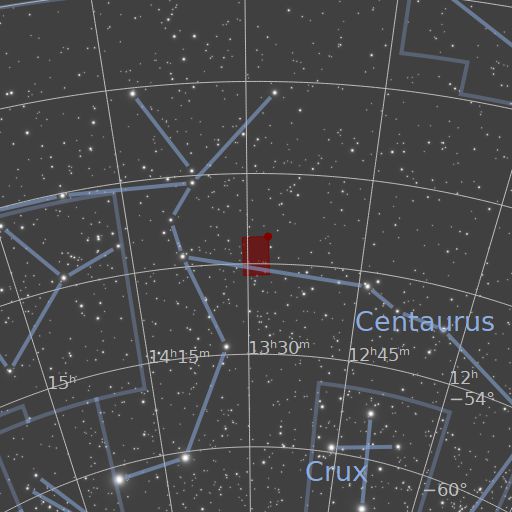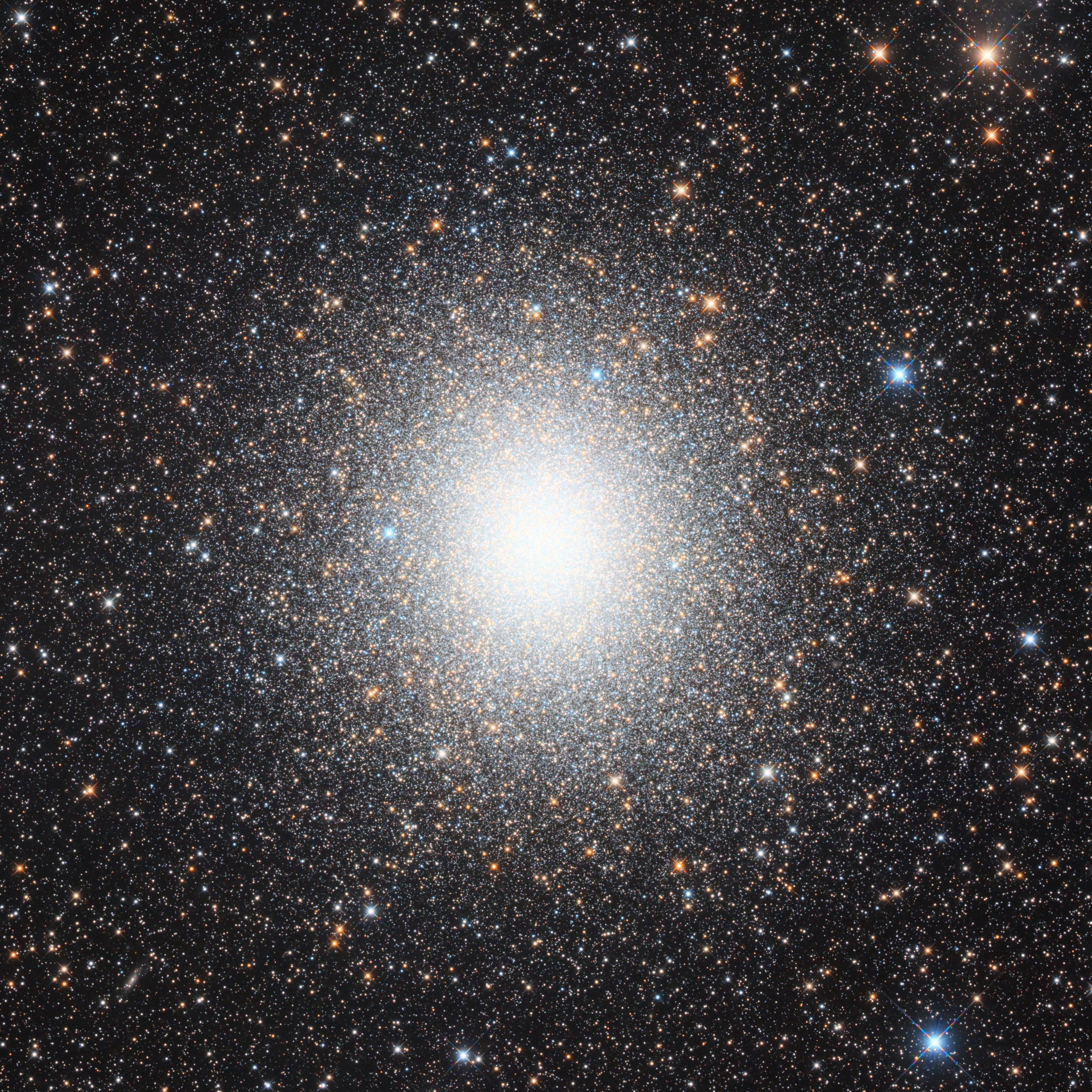

Omega Centauri (NGC 5139) - The Great Globular Cluster
Omega Centauri, the largest and most massive globular cluster in the Milky Way, lies about 16,000 light-years away in the constellation Centaurus. Unlike typical globular clusters, Omega Centauri contains a surprising diversity of stellar populations, with stars of varying ages and metallicities, suggesting a more complex origin—possibly as the remnant core of a dwarf galaxy disrupted by the Milky Way’s gravity.
Spanning roughly 150 light-years in diameter, it contains several million stars, including a rich mix of red giants, blue stragglers, and variable stars, such as RR Lyrae, which serve as standard candles for distance measurements.
Omega Centauri’s stars also display multiple generations, with some enriched in elements like oxygen, calcium, and even s-process elements, indicating past supernova activity. This evidence of multiple star formation epochs sets Omega Centauri apart from most globular clusters and positions it as a key object for studying stellar evolution, chemical enrichment, and the dynamics of globular cluster systems in our galaxy.
Imaged at Kiripotib Astrofarm, Namibia, Bortle 1.
-
Category
Globular Cluster Class VII
-
Coordinates
RA 13h 26m 47.28s
DEC −47° 28′ 46.1″ -
Distance
4.84 kpc
-
Apparent Mag
3.9 mag (V)
-
Equipment
Takahashi e130D
Takahashi EM-200 Temma2
QHY 294mm pro
-
Exposure
L: 25 x 300 s
R: 12 x 300 s
G: 12 x 300 s
B: 12 x 300 s
Total Integration: 5.1 h -
Publication Date
10.11.2024


